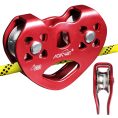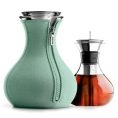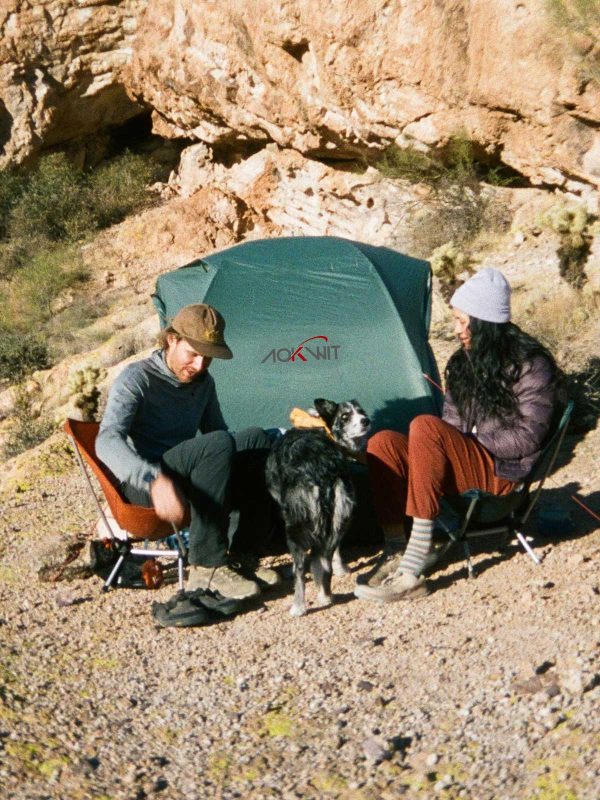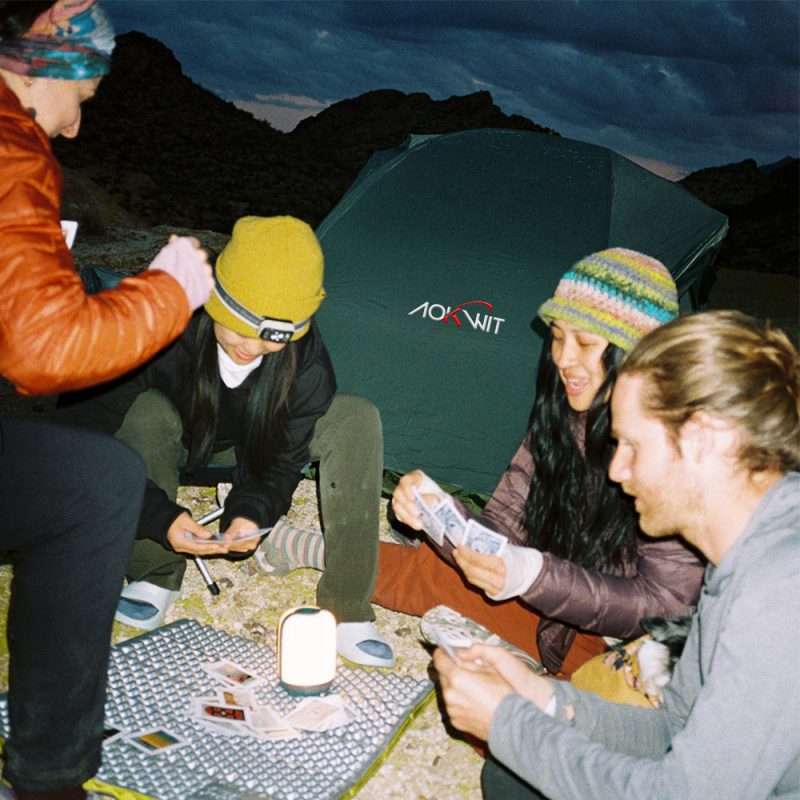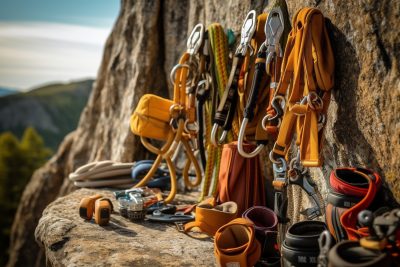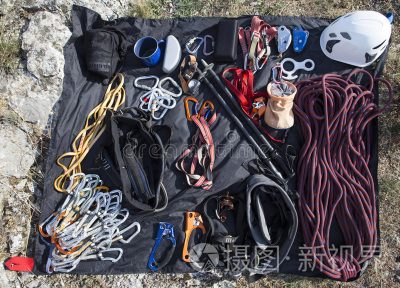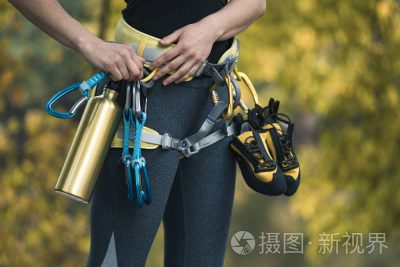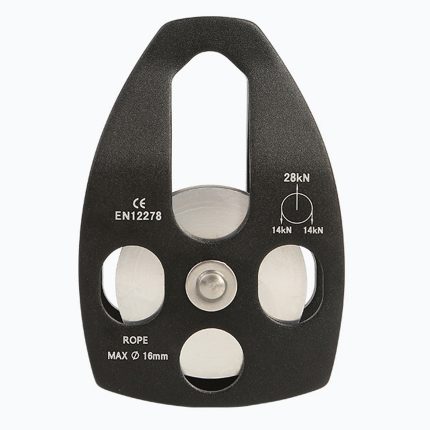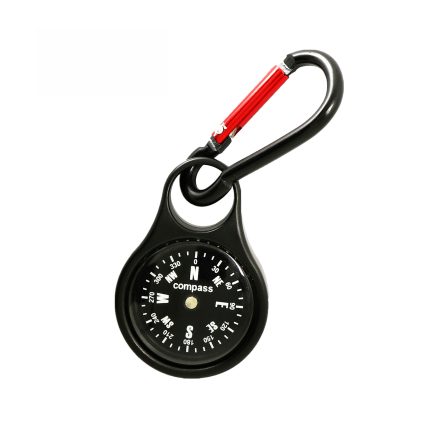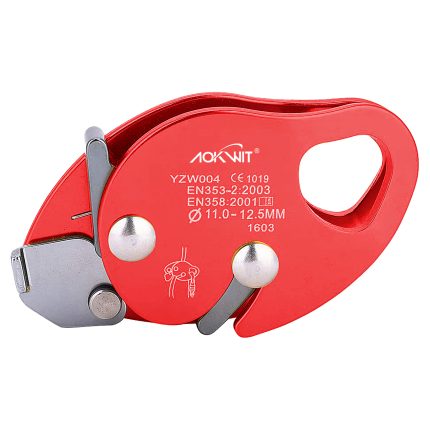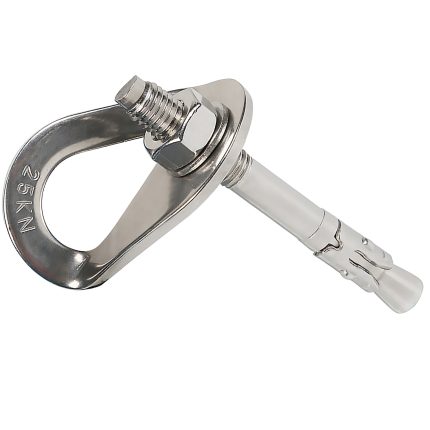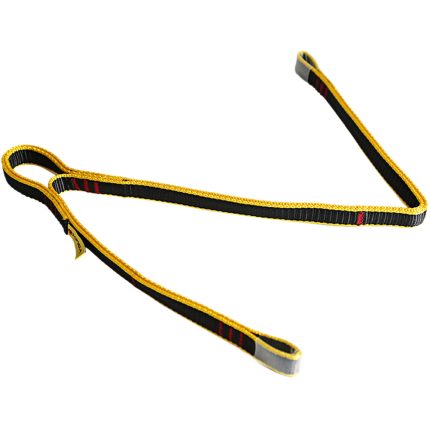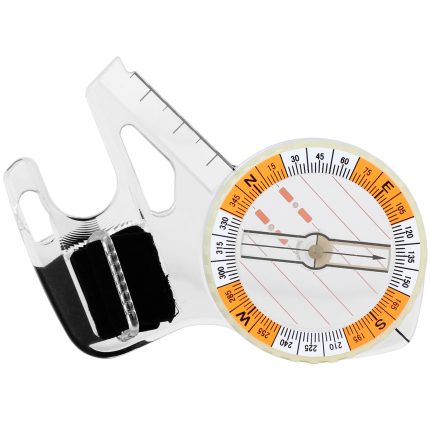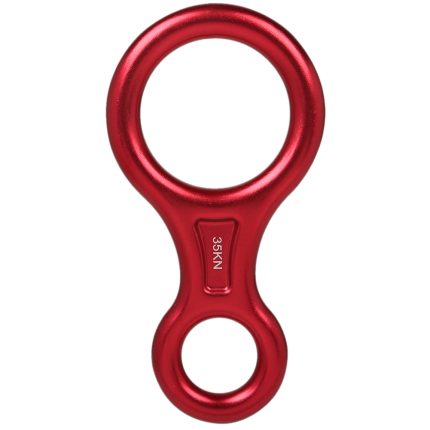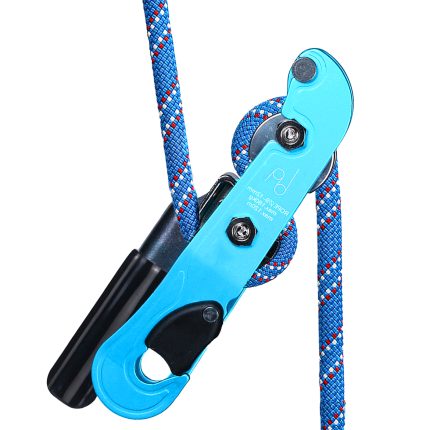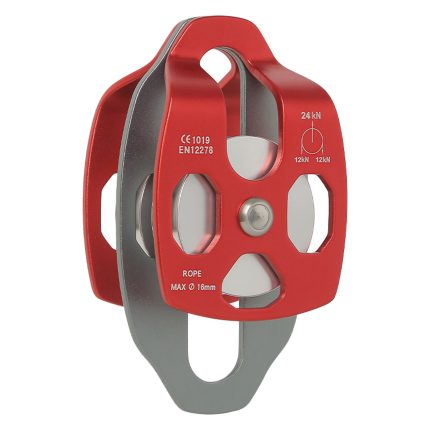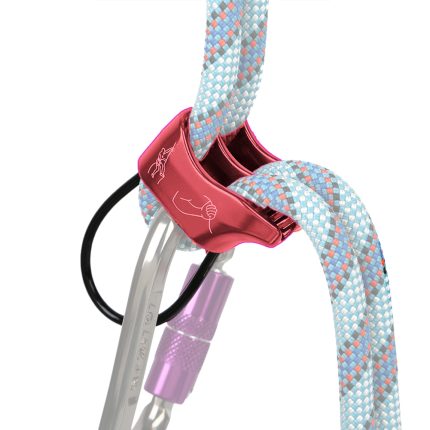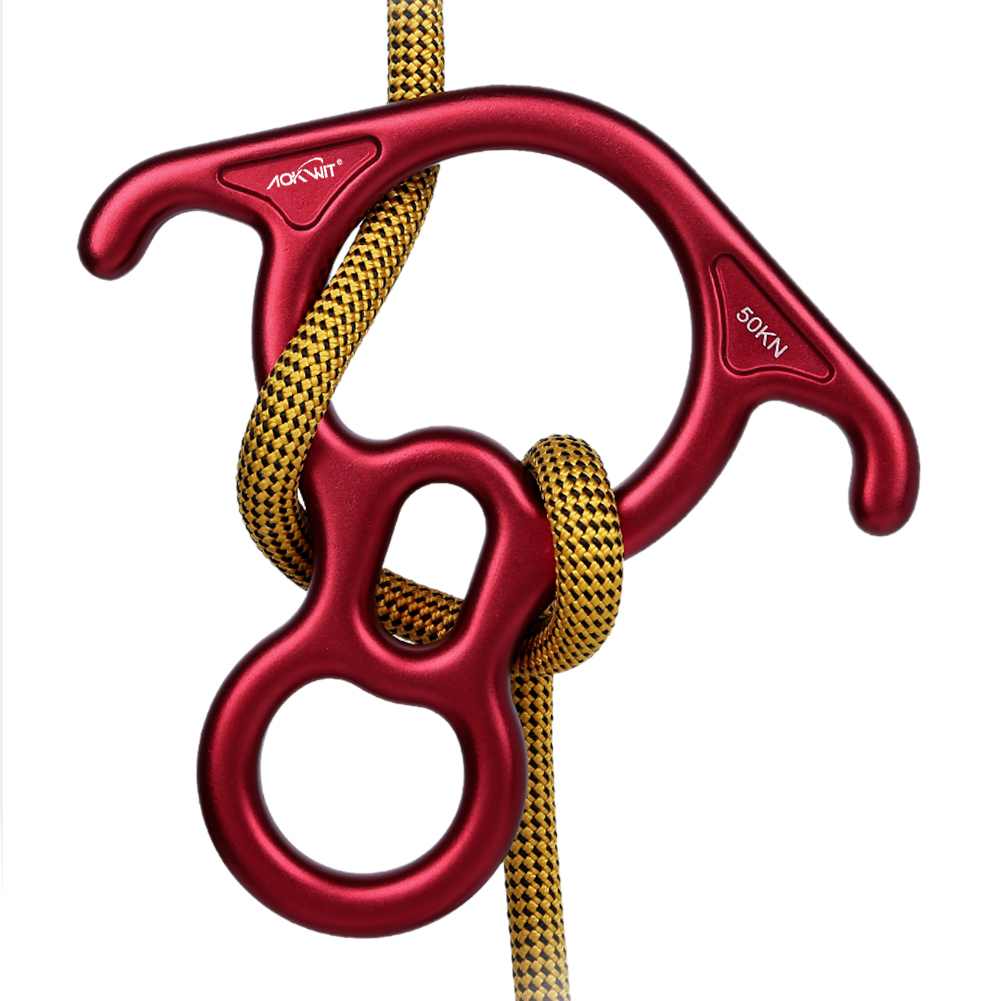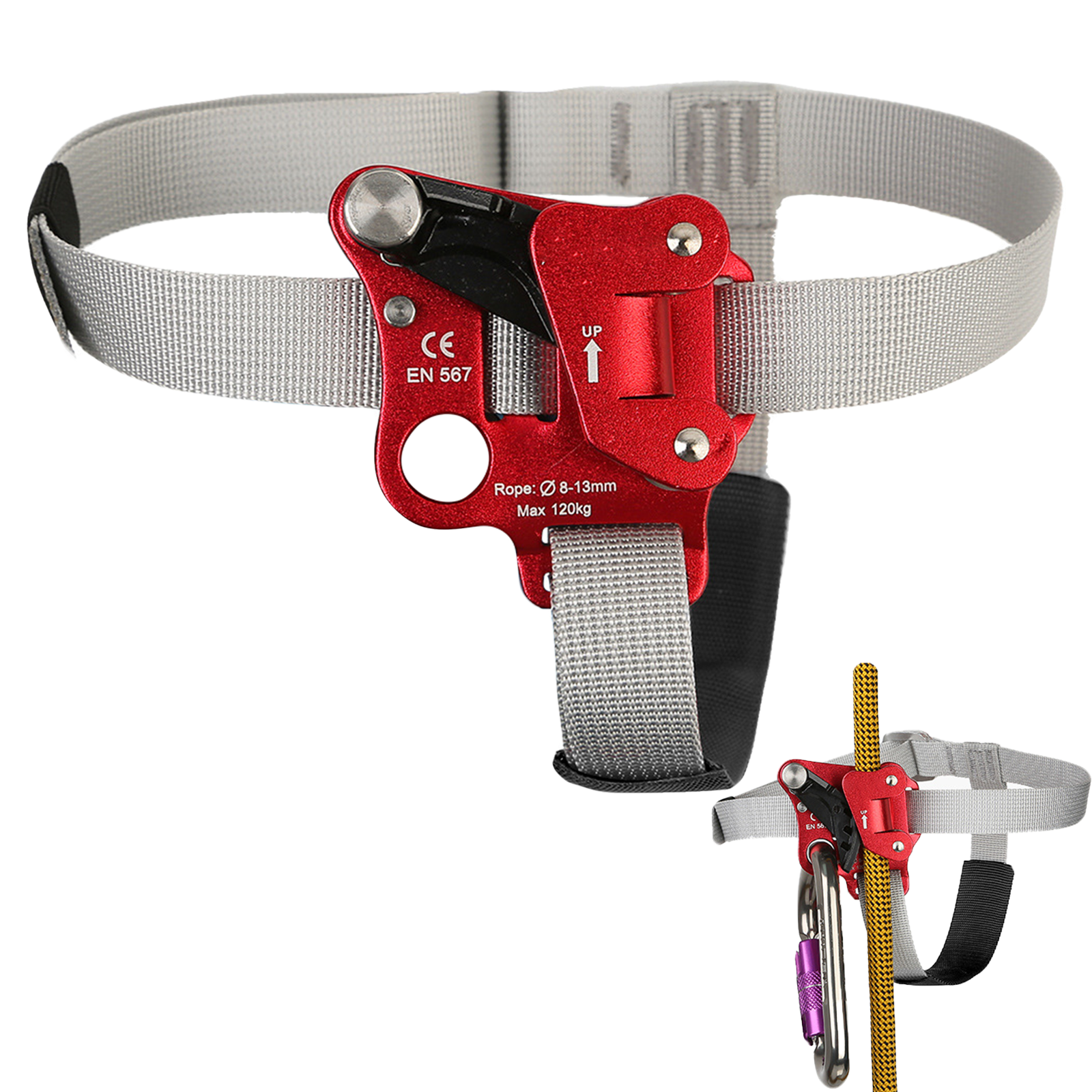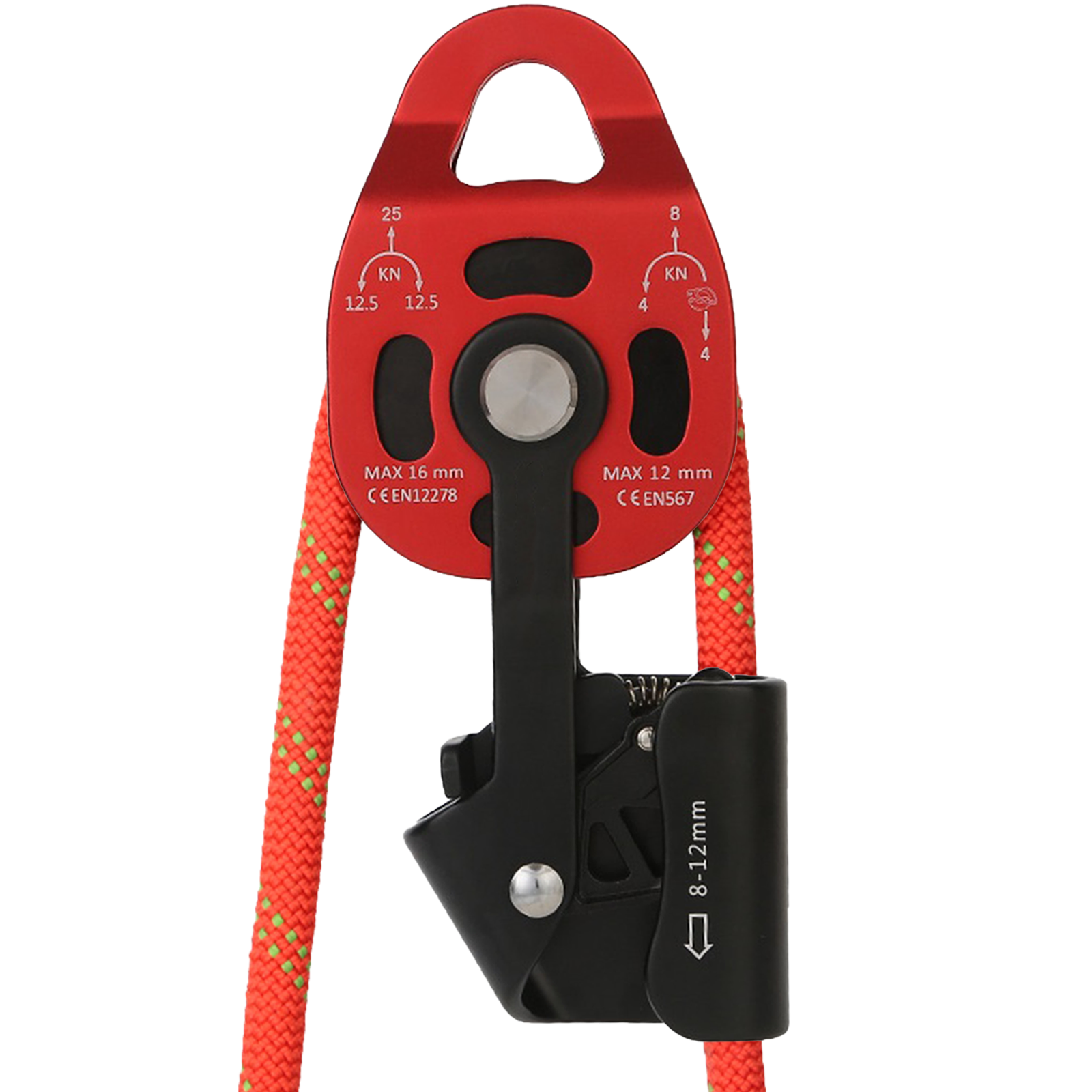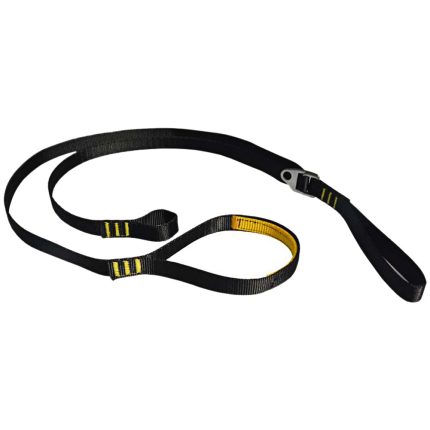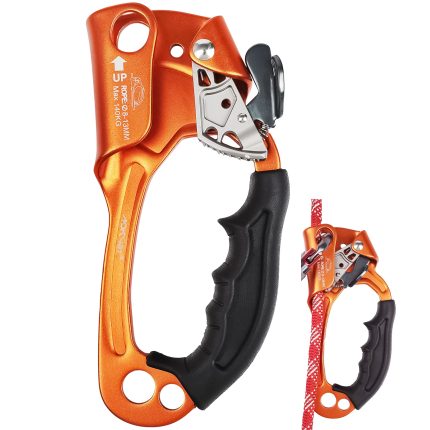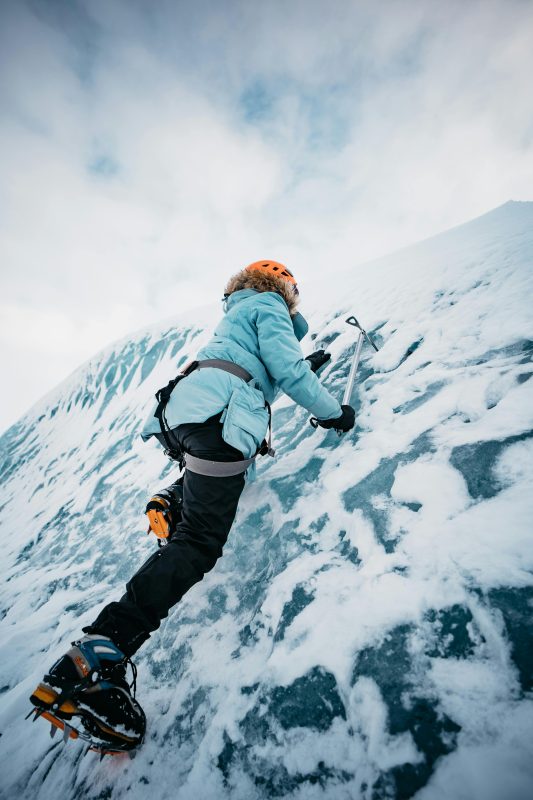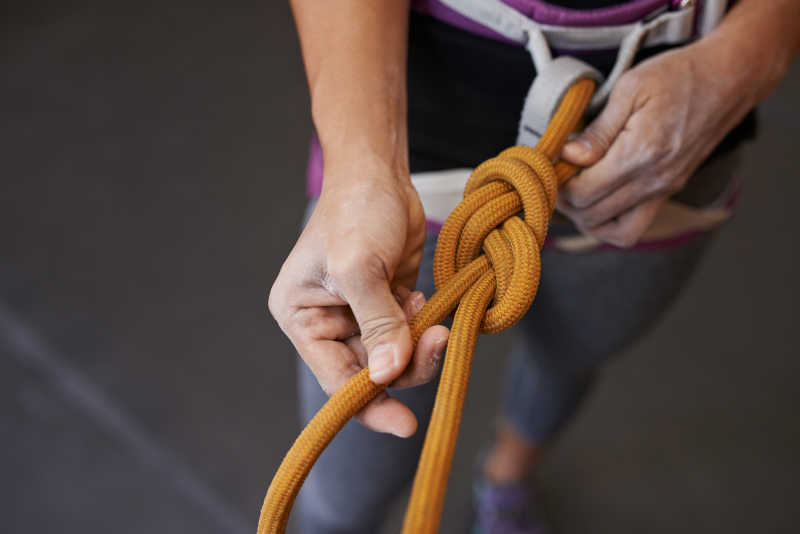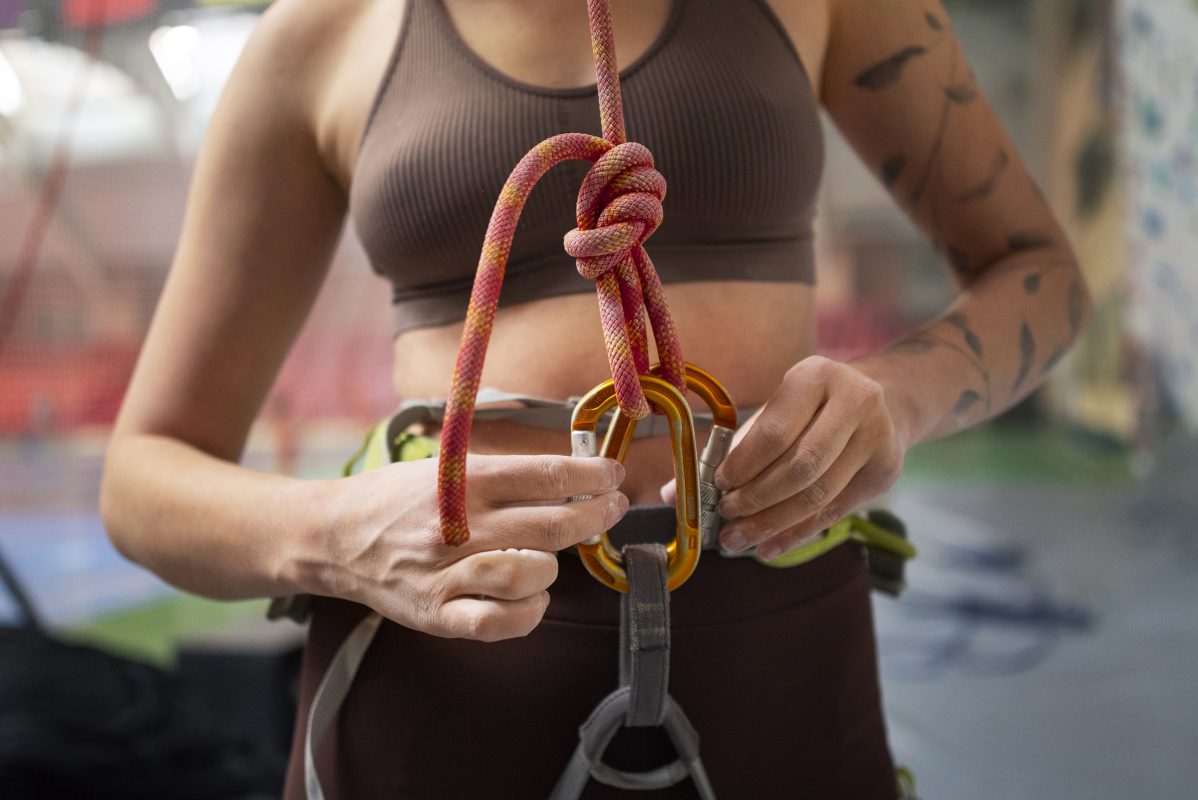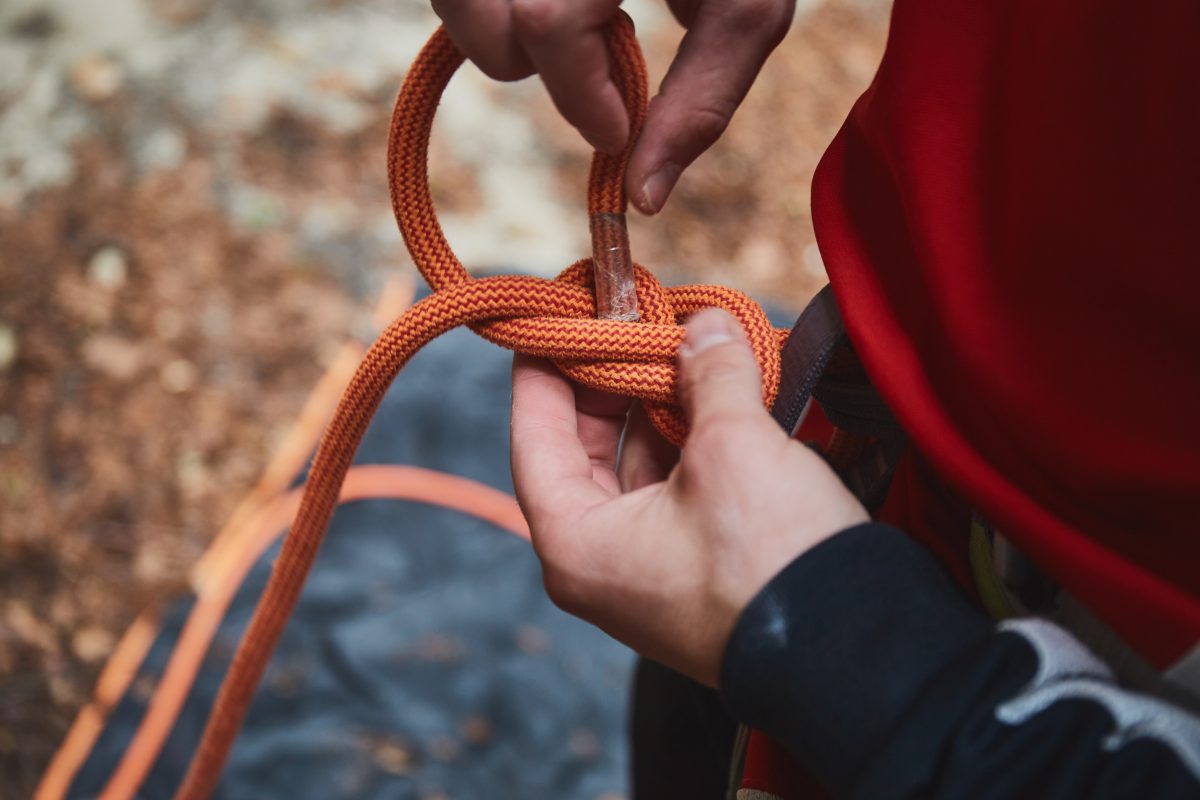Hiking and Mountaineering Preparation: How to Properly Plan and Pack Food
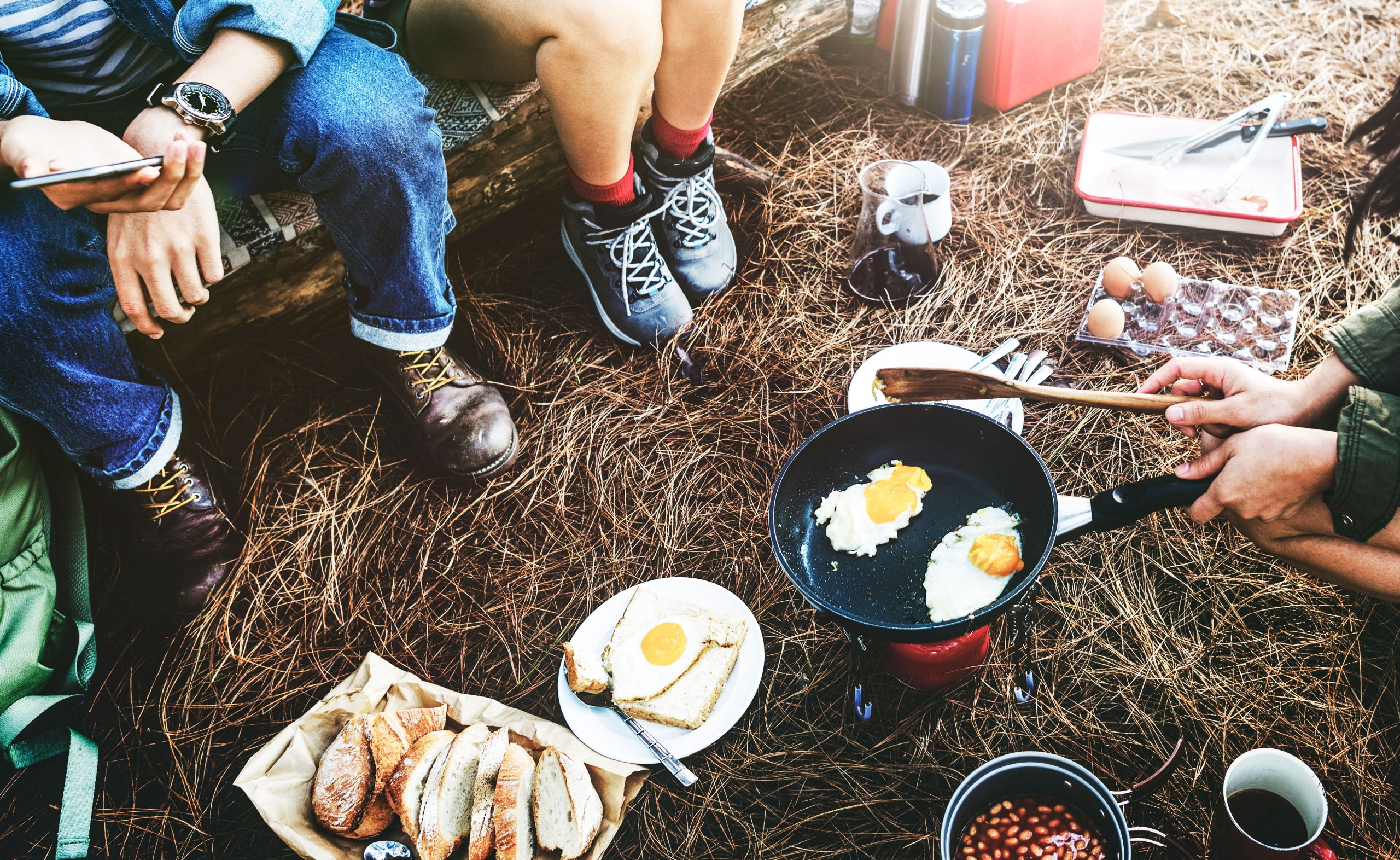
Hiking and mountaineering demand significant physical exertion, requiring regular food intake to replenish energy during activities.
So, how should we prepare suitable food before embarking on a trek?
Let’s spend 10 minutes learning how to plan and pack food for outdoor adventures, especially for long-distance backpacking trips.
Proper food selection and distribution will make your journey smoother and more enjoyable.
I. Primary Objectives and Needs of Nutritional Supplementation:
- Provide or replenish energy required/consumed during activities.
2. Alleviate hunger and enhance comfort.
3. Improve physical performance during exercise and aid recovery.
4. Add enjoyment to outdoor hiking and camping.
II. Nutritional Composition of Outdoor Food
Outdoor food shares the same basic nutritional requirements as daily meals but emphasizes convenience, quick energy replenishment, and rapid recovery after each day’s journey. The six essential nutrients for bodily functions are carbohydrates, proteins, fats, vitamins, minerals, and water.
1.Carbohydrates
- Include sugars and starches, found in rice, noodles, grains, bread, etc. They convert into glycogen to fuel muscles.
- Dietary fiber (a type of carbohydrate) aids digestion and helps regulate fat and cholesterol levels.
2.Proteins
- Vital for tissue generation and maintenance (e.g., muscles, hair, red blood cells).
- Found in pork, beef, poultry, fish, legumes, and nuts. Proteins also produce enzymes, antibodies, and hormones, and maintain cellular fluid balance.
3.Fats
- Serve as stored energy for rest or prolonged aerobic activities.
- Divided into animal fats (meat, butter) and plant-based fats (peanut oil, soybean oil).
- Animal fats often contain saturated fatty acids, which may increase cardiovascular risks, while plant-based fats are richer in healthier unsaturated fatty acids.
4.Vitamins
Act as catalysts for metabolism. Examples:
- Vitamin A: Supports immunity and vision.
- Vitamin C: Essential for immune function.
- B Vitamins: Aid energy production and nervous system function.
- Vitamin D: Enhances calcium and phosphorus absorption.
5.Minerals
Critical for tissue structure and physiological functions. Examples:
- Calcium, phosphorus, magnesium: Strengthen bones.
- Iron: Transports oxygen in blood.
- Sodium and potassium: Regulate blood pressure.
- Zinc: Facilitates energy conversion.
- Iodine: Controls energy expenditure.
6.Water
Constitutes 60%-70% of body weight. Regulates temperature via sweat and transports nutrients/waste between cells. Essential for cellular reactions and muscle composition.
III. Energy Requirements During Outdoor Activities
Basal daily calorie expenditure: Weight (kg) × 30 kcal. For example:
- Men: ~2000 kcal/day
- Women: ~1500 kcal/day
Adults’ calorie formula:
655 + 9.563 × (W) + 1.85 × (H) – 4.676 × (A)
(W: Weight in kg; H: Height in cm; A: Age)
For outdoor activities, total daily calorie needs = Basal calories + activity expenditure. Example:
- A 60kg hiker with 15kg gear, climbing at 3000m altitude for 5 hours burns ~450 kcal/hour. Total daily expenditure: ~3850 kcal.
- The maximum daily calorie limit is ~4000 kcal (twice basal needs). Exceeding this leads to extreme fatigue and slow recovery.
IV. Food Preparation
Prioritize lightweight, compact, and practical options:
1.Principles for Lightweight Food Selection:
- Dry foods: Longer shelf life, freeze-resistant.
- Minimal packaging: Reduces waste and weight.
- High calorie density: More energy per gram.
- Ready-to-eat or easy-to-cook: Saves fuel and weight.
2.Food Categories
- Carbohydrates (60-65% of daily intake): Primary energy source. Examples:
- 100g grains (300-350 kcal/day). Daily recommendation: 200g (e.g., 100g rice/meal).
- Nuts (high-fat snacks): 50-100g/day. Examples:
- Pine nuts (670 kcal/100g), walnuts (620 kcal), almonds (520 kcal).
- Dried fruits (high-sugar snacks): 50-100g/day. Examples:
- Dates (350 kcal), raisins (340 kcal).
- Proteins (20-25% of intake): 100g/day. Examples:
- Beef jerky (550 kcal), powdered milk (480 kcal), dried fish (300 kcal).
- Fiber: Dehydrated vegetables (e.g., dried seaweed: 44 kcal/100g).
3.Sample Daily Menu:
- Breakfast: 4 bread rolls (200g, 648 kcal) + 50g black sesame paste (200 kcal).
- Lunch: 100g beef jerky (550 kcal) + 100g flatbread (295 kcal).
- Dinner: 150g rice (525 kcal) + 200g canned meat (500 kcal) + 200g vegetables (50 kcal).
- Snacks: 100g dates (276 kcal) + 100g chocolate (586 kcal).
- Total: ~3630 kcal, 1.2kg weight.
V. Foods to Avoid
- Energy bars (crumbling compressed cookies).
2. Puffed snacks (bulky).
3. Processed meats (e.g., ham sausages) and instant noodles (high additives).
4. Perishable cooked foods (spoil within a day).
5. Canned/vacuum-sealed foods (heavy, freeze in cold conditions).
VI. FAQ
Q: How much and how often should one eat during a hike?
A: Opt for small, frequent meals to maintain steady energy and avoid bloating. Snack on nuts, biscuits, or bananas between meals.
Q: What are carbohydrates in outdoor food?
A: Complex carbs: rice, bread, potatoes, bananas. Simple carbs: candy, glucose drinks.
Q: Which carbs are better during hikes?
A: Simple carbs (e.g., glucose drinks) provide quick energy but may cause blood sugar spikes and crashes. Combine with complex carbs (e.g., bread) for sustained energy.
Q: What else to eat besides carbs?
A: Minimize fats, as they slow digestion. Proteins (e.g., jerky) add flavor but do not boost energy balance. Prioritize carbs, dried fruits, and small protein portions.
Summary: Focus on carb-rich foods (grains, dried fruits) for immediate energy, supplement with proteins and nuts, include vegetables for vitamins, and avoid fatty or hard-to-digest foods.
